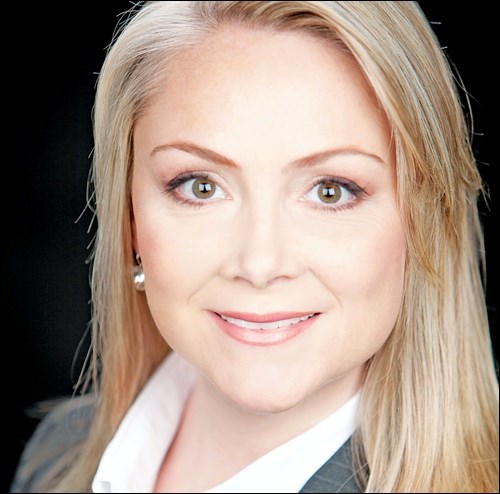A recent report by credit agency TransUnion paints a scary picture. According to the study, of over 26 million Canadians carrying some sort of variable-rate consumer debt, some 718,000 would not have enough cash to continue making debt payments if interest rates rose one quarter of one percentage point. And Statistics Canada’s latest survey of household debt showed the debt service ratio at 14.15%, its highest point in seven years. Debt is emerging as a looming problem, and for many people, revolving credit card debt is the biggest problem of all. Here are some ways to cope with that little rectangle of plastic.
First, try to get a handle on where your money is going. Create a statement of income and expenses to determine what you have coming in compared with what’s going out. Very often, those credit card payments become a major part of the expenses column. If you find you’re “living on credit cards,” you have a two-part problem: spending habits and debt accumulation. You can create a budget to get your spending under control. The credit card debt problem is not insurmountable either. Here are a few tips.
Stop.First of all, stop using your credit cards. Or, if necessary, use only one with the lowest possible interest rate. Lock the others away in some inconvenient or inaccessible place – say, a bank safe deposit box.
Minimum payment. Pay the minimum monthly payment on each card. Add an additional amount beyond the minimum to at least one card with the highest interest rate.
Zero-interest transfer. Consider transferring a high card balance to one of the zero-interest transfer promotions that appear in your mailbox from time to time. You could get breathing room of as much as six months with no interest. Any payments you make would go directly against your principal amount. But if you go this route, be sure to check terms and conditions after the interest-free period expires. You don’t want to trade one debt problem for another – possibly bigger – one. Bear in mind that applying for a new credit card will affect your credit score.
Switch rates for a fee. You may be eligible for an upgrade to a premium card from your credit card company. You’ll pay an annual fee, but the interest rate charged on these cards may be less than half that charged on no-fee cards. The annual fee (typically $99 to $150 per year) should be offset by savings on the monthly compounded interest payments if you have a large balance.
Line of credit. If you have a personal line of credit that you haven’t maxed out, consider using it to pay down some or all of your credit card balance. Interest rates are considerably lower on lines of credit, so you’d be reducing the overall interest rate hit. But be sure to make those payments. If it’s a secured home-equity line of credit, the bank can seize your home if you fail to make payments. An unsecured line of credit is in effect a callable loan – and the bank can demand payment in full at any time, especially if you start missing minimum payments. Use personal lines of credit sparingly and with great discipline.
Consolidate. Ask your friendly neighborhood bank loan officer for a personal loan at a lower interest rate to pay off other higher-interest credit-card loans. Your bank can work out a payment schedule to fit your budget. But you’ll have to cut up or lock away all but one (preferably low-interest) credit card until that personal loan is paid off.
Using the tactics I’ve outlined here, you can get a good start on fixing your credit card crunch. It takes persistence and fiscal discipline, but it can be done.
Courtesy © 2016. , is president of . This article is not intended as personalized advice. Securities mentioned are not guaranteed and carry risk of loss. No promise of performance is made or implied.




